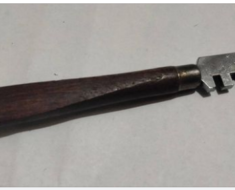You’ve probably noticed those subtle dimples on the lower backs of some individuals. They’re not exceedingly common, but once you spot them, they’re unmistakable. These unique features have a specific designation, harkening back to the elegance of the Roman goddess Venus. They’re known as the “dimples of Venus,” a name that holds significant meaning. But what exactly are they, and why do only certain people possess them? Let’s delve into the details.
Formally termed fossae lumbales lateralis or “lateral lumbar indentations,” these features are colloquially referred to as dimples of Venus. While their official name might sound complex, the informal label is widely recognized and embraced within medical circles. These are subtle, symmetrical indentations situated in the lower back, just above the juncture where the pelvis meets the spine, adjacent to the buttocks. Their formation stems from a petite ligament that links the superior iliac spine, or the outer edge of the iliac bone, to the skin.
Inspired by the allure of Venus, the goddess of beauty, these dimples have earned a reputation as a highly desirable physical trait. Depicted in artistry portraying the goddess herself, they’ve become synonymous with an aesthetic ideal. Thanks to Venus’s influence, they’ve been regarded as a unique “flaw of beauty,” adding a touch of allure and fascination to those who possess them.
“In the realm of rarity, allure and desirability often intertwine, evoking envy among those without possession. Consider the lengths to which individuals go, investing substantial sums to acquire such coveted items. Yet, is there a path to attaining these treasures that doesn’t involve surgical intervention?”






